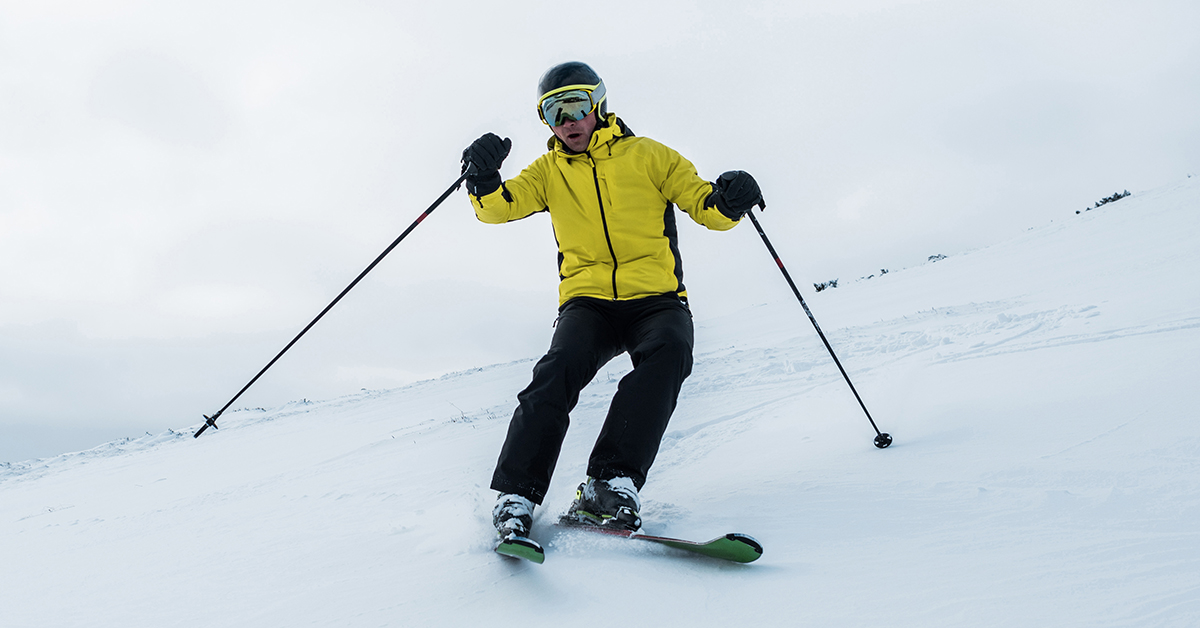
Essential Guide to Winter Exercise
Winter can be the most challenging time of year to exercise, not just because of the cold weather, but also family commitments and holidays.
The following tips and tricks can help you beat the winter weather and continue your exercise. It's all about knowing how to deal with winter conditions, knowing how to dress for extremely cold weather, and being aware of the dangers of winter
weather.
Prepare Your Body for Exercising in Winter Conditions
- Be more flexible when and where you exercise. Weather conditions may not cooperate with a fixed schedule or location. Plan alternative locations and times.
- Be prepared to face earlier nights by carrying the right equipment, such as a flashlight or lighted headband.
- Warm up! Get your blood flowing with simple calisthenics and range-of-motion exercises first before heading outside.
- When running on snow or ice, don’t worry about speed or going too slow. Getting in a comfortable rhythm is good enough for moderate exercise and safe, secure footing.
- Avoid running in areas that may have black ice or hazards you may not see. Run on packed snow for better traction and consider purchasing trail running shoes instead of your regular shoes. Better yet, consider using a treadmill when conditions
are hazardous and icy. - Exercise with a partner to help you stay focused on maintaining your fitness plan during the tough winter season.
Dressing for Success
- Wear wool clothing on your body to retain more heat. When your exercise is vigorous, look at multiple layers of performance wear with wicking fabric to help move sweat away from your body and stay warm and relatively dry.
- For your hands, wear a pair of mittens with a nylon shell or glove liners.
- Cover as much of your face as you are able to without impairing your view. Balaclavas are knit masks that cover your nose and ears and they are perfect for exercising in winter weather. Variations include knit cowls and breathable face masks
that cover less and are adjustable to maintain comfort.
Dangers You May Face
Dressing properly and warming up before exercising in cold winter weather is just the first step. There are still winter dangers that you should be aware of:
- Hypothermia – This condition occurs when a person is not adequately dressed for the cold weather or exposed to extreme temperatures for a sustained amount of time. Hypothermia may be accelerated during heavy rains or snow storms
that leach heat from the body. Symptoms include shivering, numbness, and disorientation. - Frostbite – A condition that usually occurs on windy and wet days combined with freezing temperatures. When the temperature falls below -18 degrees Fahrenheit, you may get frostbite on exposed skin within 30 minutes.
- Stumbles and Falls – In winter twilight and darkness, it’s harder to see obstacles or uneven pavement. A stumble will more likely lead to falling down in these conditions. Fallen sticks and branches are another hazard. Leaves are too, as they can obscure curbs or potholes. When they layer up, they can get slippery. Choose your steps carefully and be patient. It’s better to walk safely through a potential danger spot than to limp home with skinned knees, scraped palms and bruised pride.
- Traffic – It seems much easier to run afoul of cars in autumn and winter than in the summer. The slanting rays of a winter sunset seem to aim directly for the eyes of motorists. Be sure you are seen and be ready to step away from the road and out of danger from approaching vehicles. Once it’s dark, you’re better off wearing reflective gear – hats, vests, shoes, running tights, and jackets with safety reflective spots and stripes are all available at sporting goods stores and web sites. A flashlight or head lamp will help you be seen by motorists as well as enable you to see the road better.
